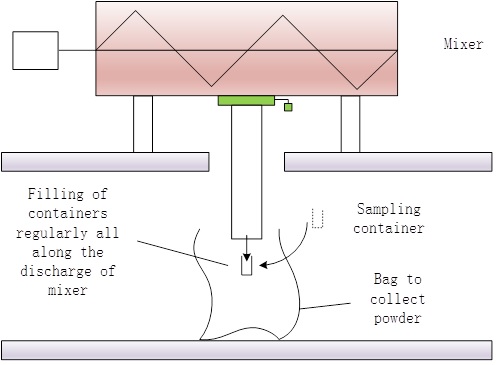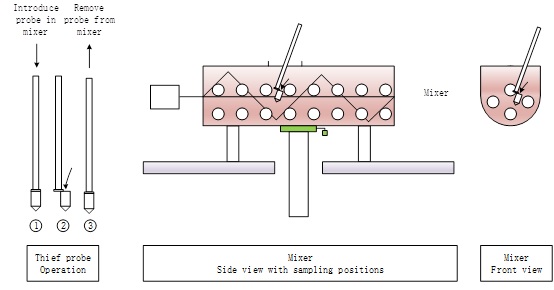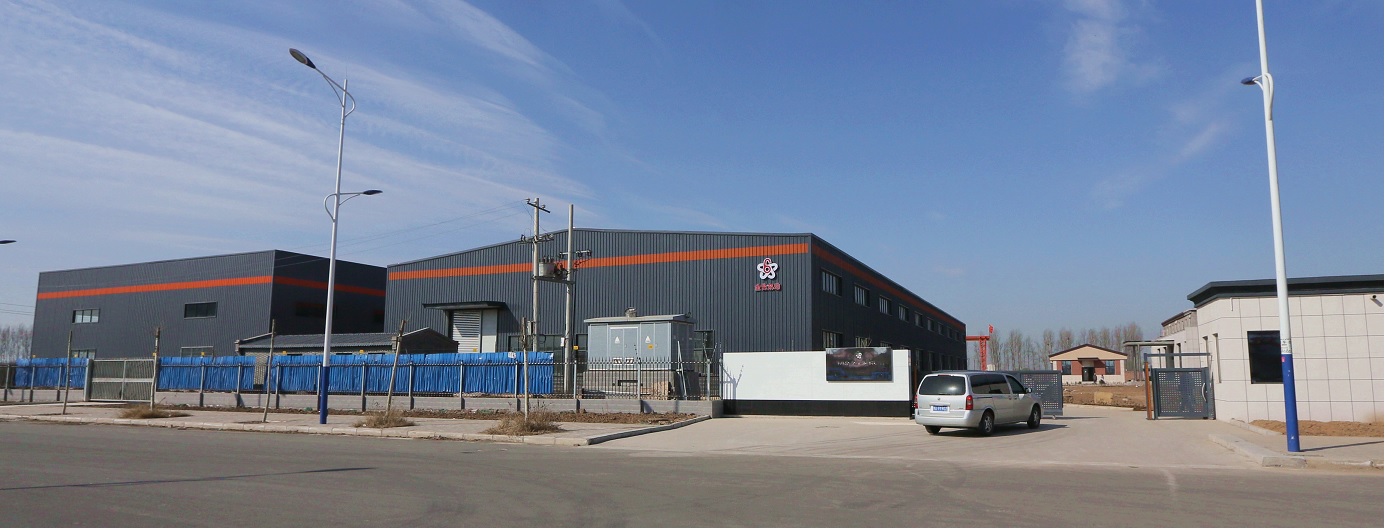
Technical consultation:
sales@drymixer.com
- 1. High Uniformity
- 2. Short mixing time,High Efficiency
- 3. 80% loading rate
- 4. Time saving,Energy saving,Space saving,Money saving.
- 5 Small damage to the original appearance of powders.
- 6. Solve the problem of ultra-fine powder mixing.
- 7. Solve the problem of light-heavy powder mixing.
- 8. Effectively solve the problem of uniform mixing diffuculty of trace elements

- 1. The important factor influenci
- 2. Particle size - an important
- 3. Powder fluidity is a double-edged sword
- 4. Pretreatment of powder mixture
- 5. Powder mixing principle introduce
- 6. Traditional powder mixers' adv
- 7. Selection of blending equipment
- 8. The basis of the uniform blending of powder
- 9. How to find the cause of mixing bad uniformity
- 10. Super light powder mixing precautions
- 11. Super fine powder mixing precautions
- 12. How to mix bad liquidity powder?
- 13. How to mix trace elements
- 14. A solution for powder's good
- 15. How does the dummy particles

Tech KnowledgeTechnical
How to make sure the mixture is OK? homogeneity
input time:2018-08-17 10:24:55 hits:


Chosing a Tracer
Sampling will be of no utility if there is no way to make a distinction in between each sample. This distinction can be done thanks a particular component of the mixture that will be a tracer.The tracer needs to be chosen carefully since he will represent the behavior of other components in the mix.
A tracer is not a major ingredient (exception : if there are only major components in the mixture)
A tracer is usually chosen among small / minor ingredients which are often of interest in the mix. It will represent their behavior.
A tracer should have the particularity to be easily analysed. It is better that the tracer is part of the mix formula, but it can also be added on purpose for a mixer validation exercise (example : salt addition).
Defining the procedure to take samples
Knowing which sampling size makes sense is a 1st step, but not sufficient. The way to take samples will be as critical.For example, imagine a batch mixer, containing powder at the end of a mixing cycle. It would make no sense to take every samples only on the left of the mixer. Or only in the middle, or only on the right... The samples must be taken in order to represent the WHOLE mix, not only one part.
For this, different methods are possible :
- The best one will be to discharge the content of the mixer and take samples at regular interval on the FREE FLOWING powder, from the VERY BEGINNING to the VERY END of the flow. This way, we ensure that no powder area in the mix was left untouched (figuer 1)
- If not possible, a sampling in the mixer will be necessary. For this, a sampling tool must be used and a sampling plan must be defined in order to make sure that no area of the mixer remain not sampled. This method is particularly difficult since it may not be possible to reach with ease every point of the mixer, and the sampling tool may induced a sampling bias on the results (figure 2).
It is recommended to take more than 30 samples in order to have statistically representative results
Calculation of CV homogeneity
After sampling, the samples taken are analysed regarding the presence of the tracer. Then results are recorded and statistics can be peformed.The mixture, regarding the tracer, will be defined according to the mean concentration of the tracer and to the standard deviation of the tracer concentration. Mean and standard deviation will be used to calculate the relative standard deviation of the mix, that will be the value assimilated to "homogeneity".
Equation 1 : Relative Standard Deviation of the mixture
S is the samples standard deviation, it is not the actual standard deviation since only an estimation can be given from the samples. μ is the arithemical average of the samples concentration, thus as well calculated from the samples.
This value is often expressed in % and called also the coefficient of variation
Equation 2 : Coefficient of variation of the mixture
The value obtained is then compared to the specification.
WARNING : the CV that will be obtained has actually several components, and some of these components need to be calculated in order to estimate the actual homogeneity variance.
The sample variance is calculated thanks to :
S2=Smix2+Sanalytical2+(Ssampling2)
The variability due to sampling is very difficult to determine, thus, in practice, it will be neglected. However, for this assumption to be true it is critical to sample the mix following the methods explained above, and preferably on the free flowing powder.
The variability due to analysis can either be known, if experiments have been done before, or can be determined for the particular homogeneity validation by doubling the measurement on the same sample.
Smix can then be calculated. Then CVmix(%)
Is the mix ok ? Confidence intervals
WARNING : Once CVmix(%) calculated, it is not sufficient to compare it to the specification. Indeed, the variance calculated is NOT a true variance but is estimated on the sampling. This estimation must be taken into account by calculating a confidence interval, generally at 95%, which corresponds to 2 sigma on each side of the mean.The specification can then be compared to the confidence interval :
- If the CVspec > upper border of the confidence interval : the mixing is successful, the mix is significantly better than the specification
- If CVspec is in the confidence interval : the mixing may be successful, but it is also possible that the actual CVmix is > CVspec
- If CVspec is < lower border of the confidence interval : the mixing homogeneity achieved is not good enough for the application.
For the 2 last cases, case by case discussion will be necessary within the factory team :
- Accept the mix
- Reject the mix and look for root causes (mixer speed, filling rate of mixer...)
JINHE new factory show








 DIASRIOUTION NETWORK
DIASRIOUTION NETWORK